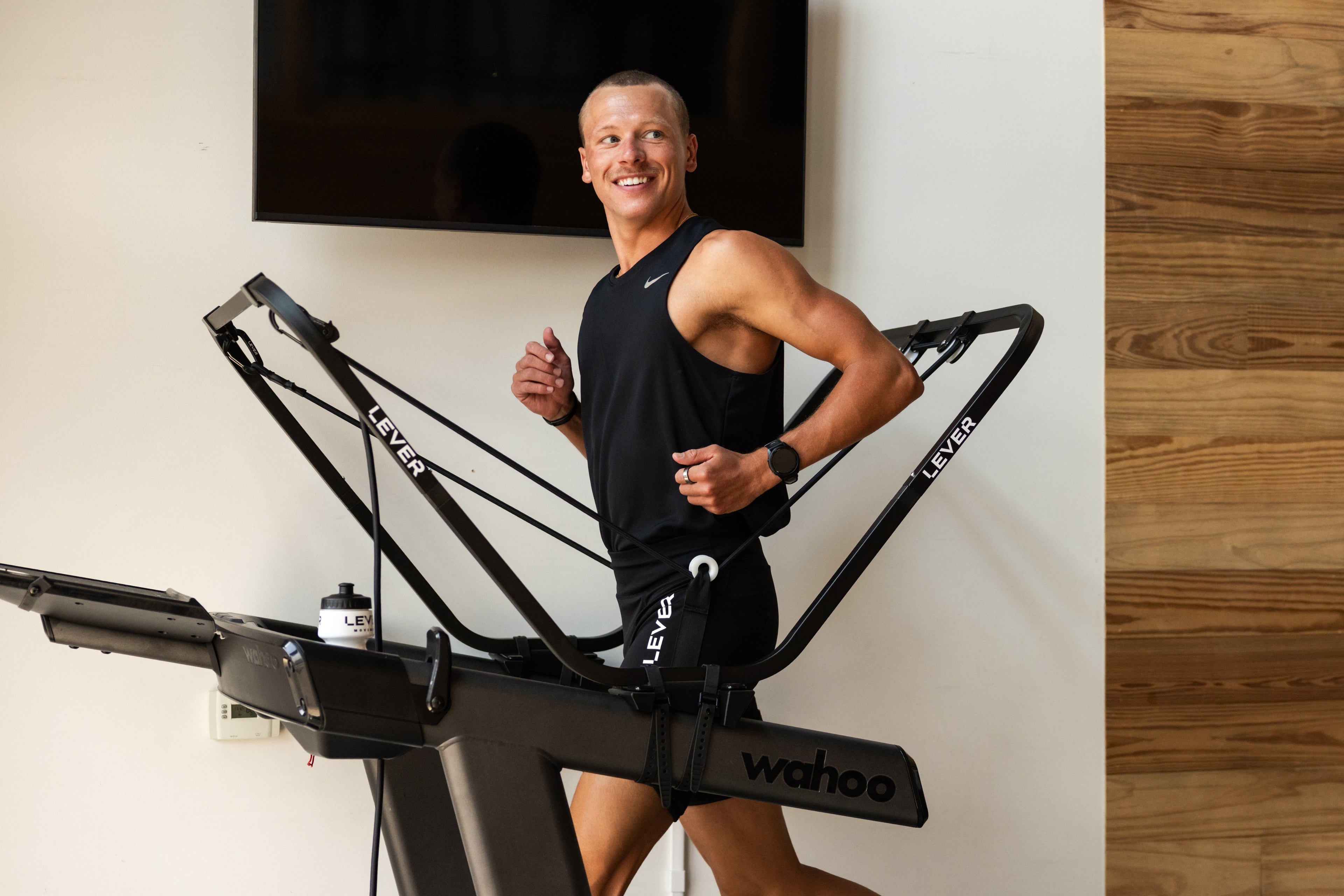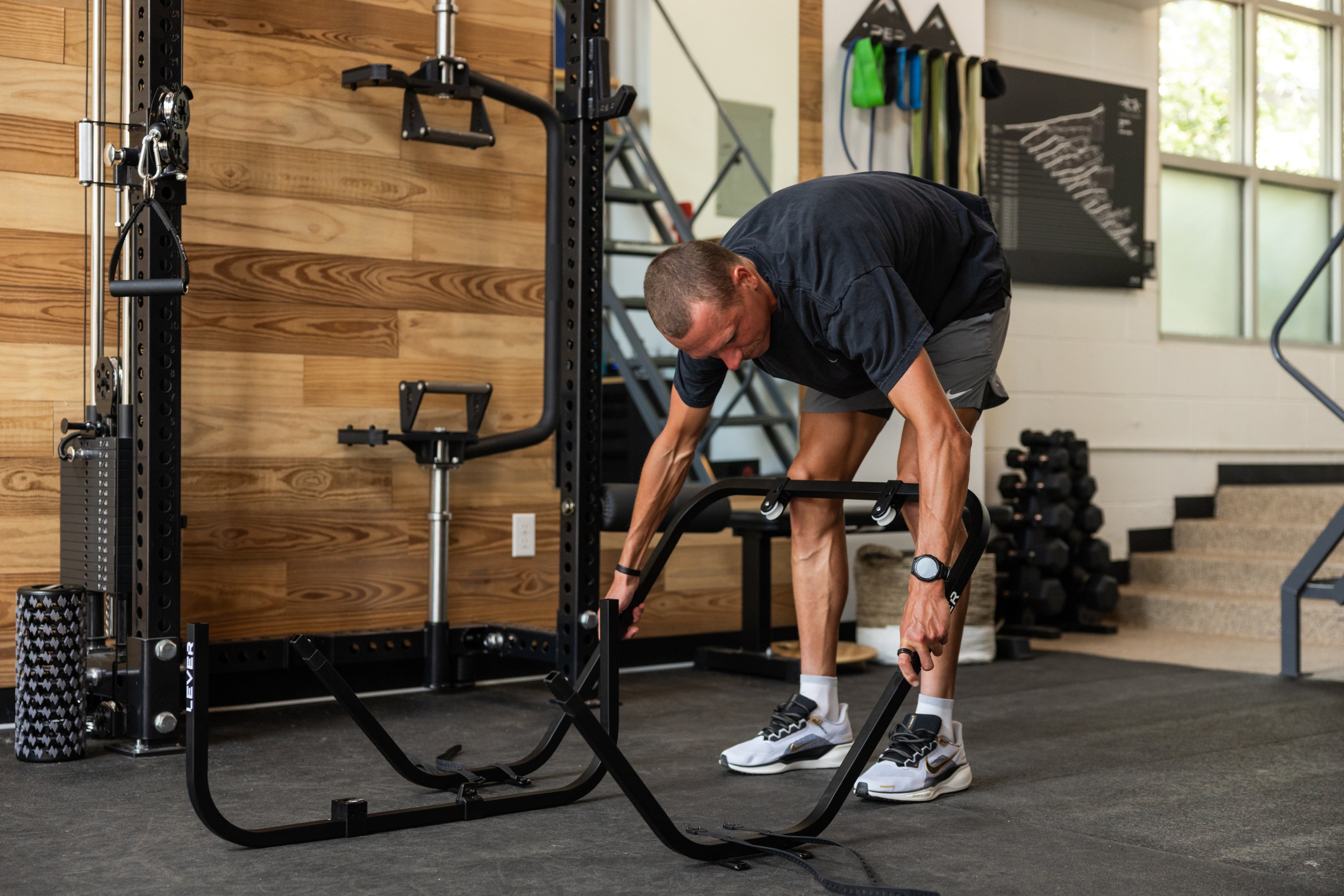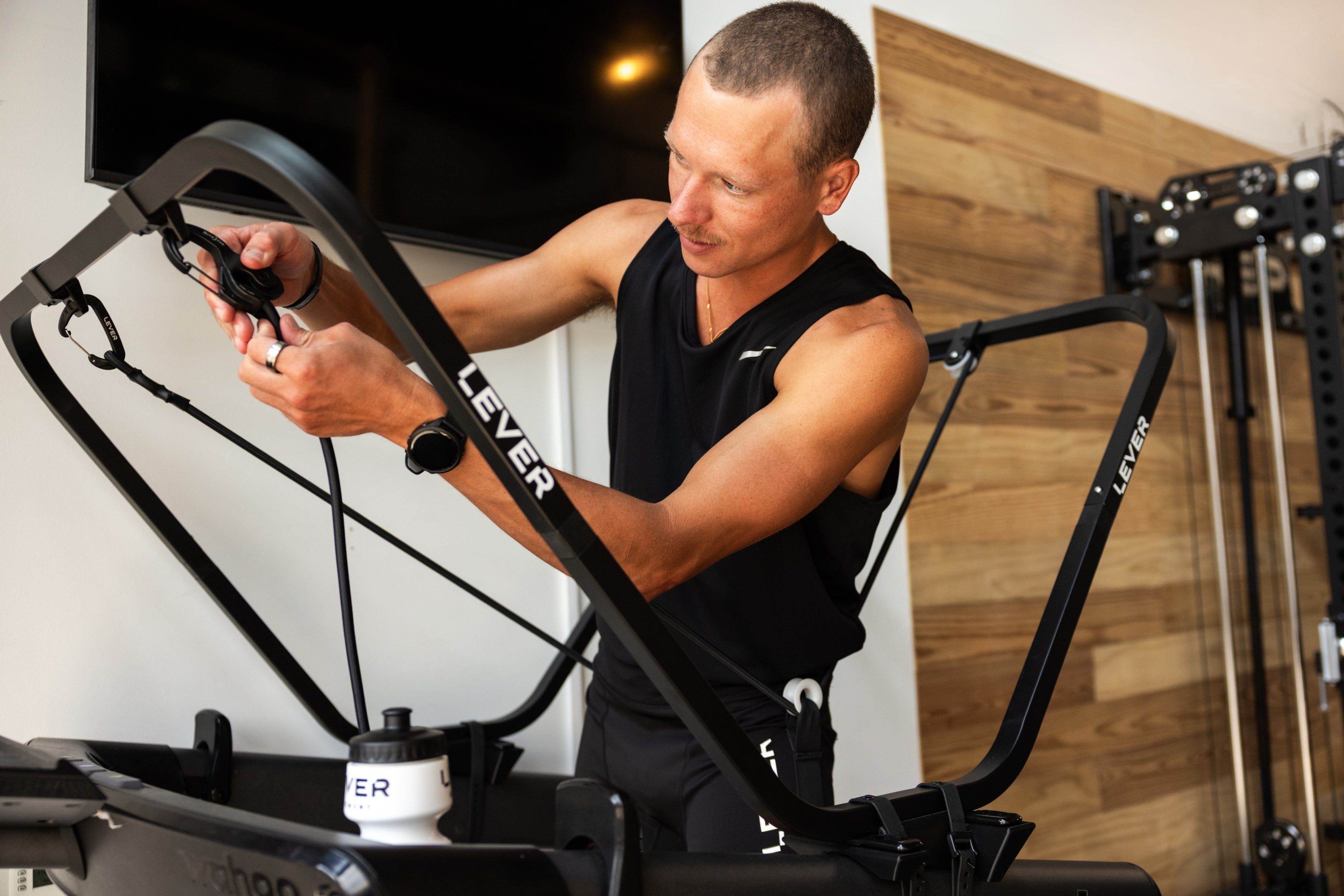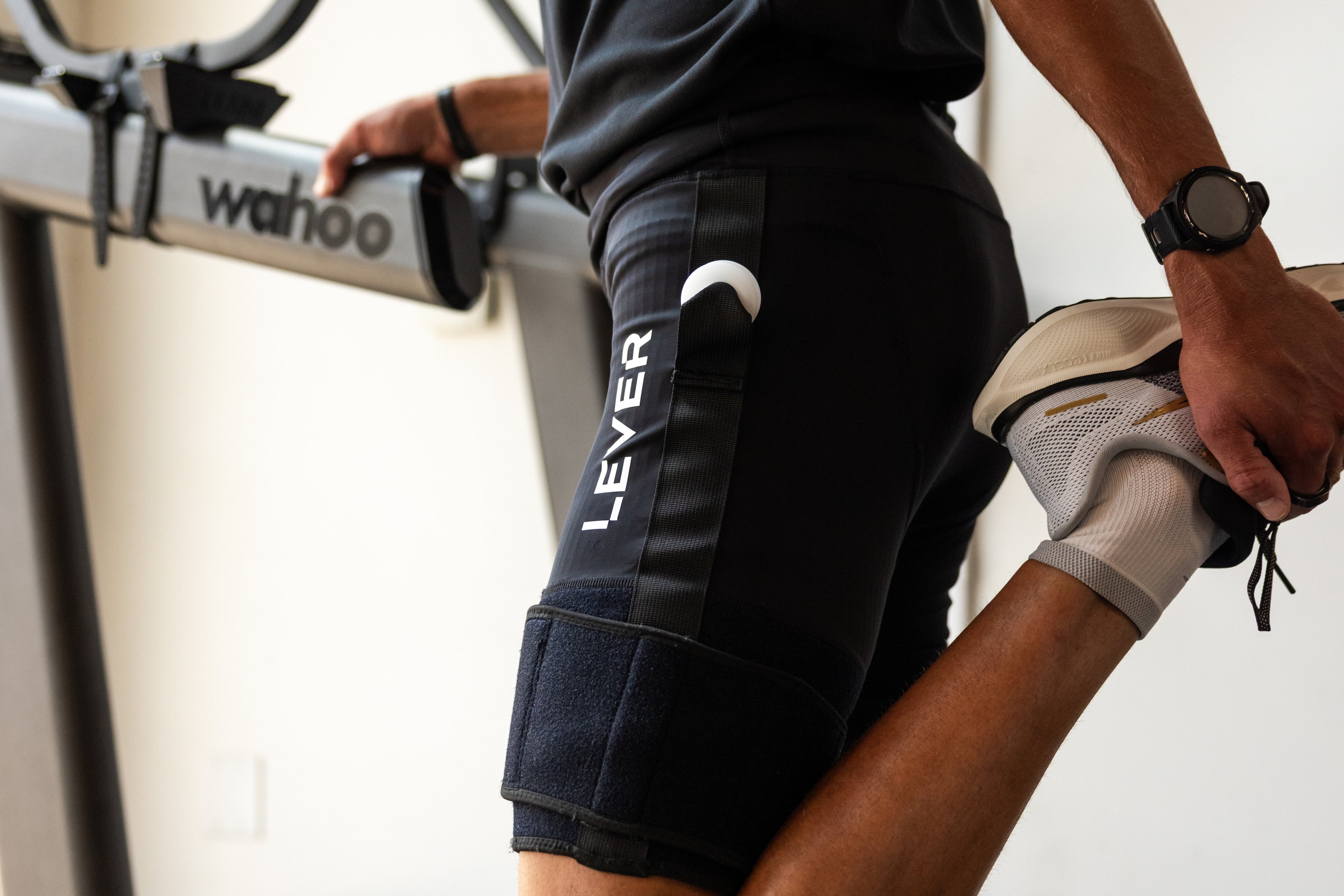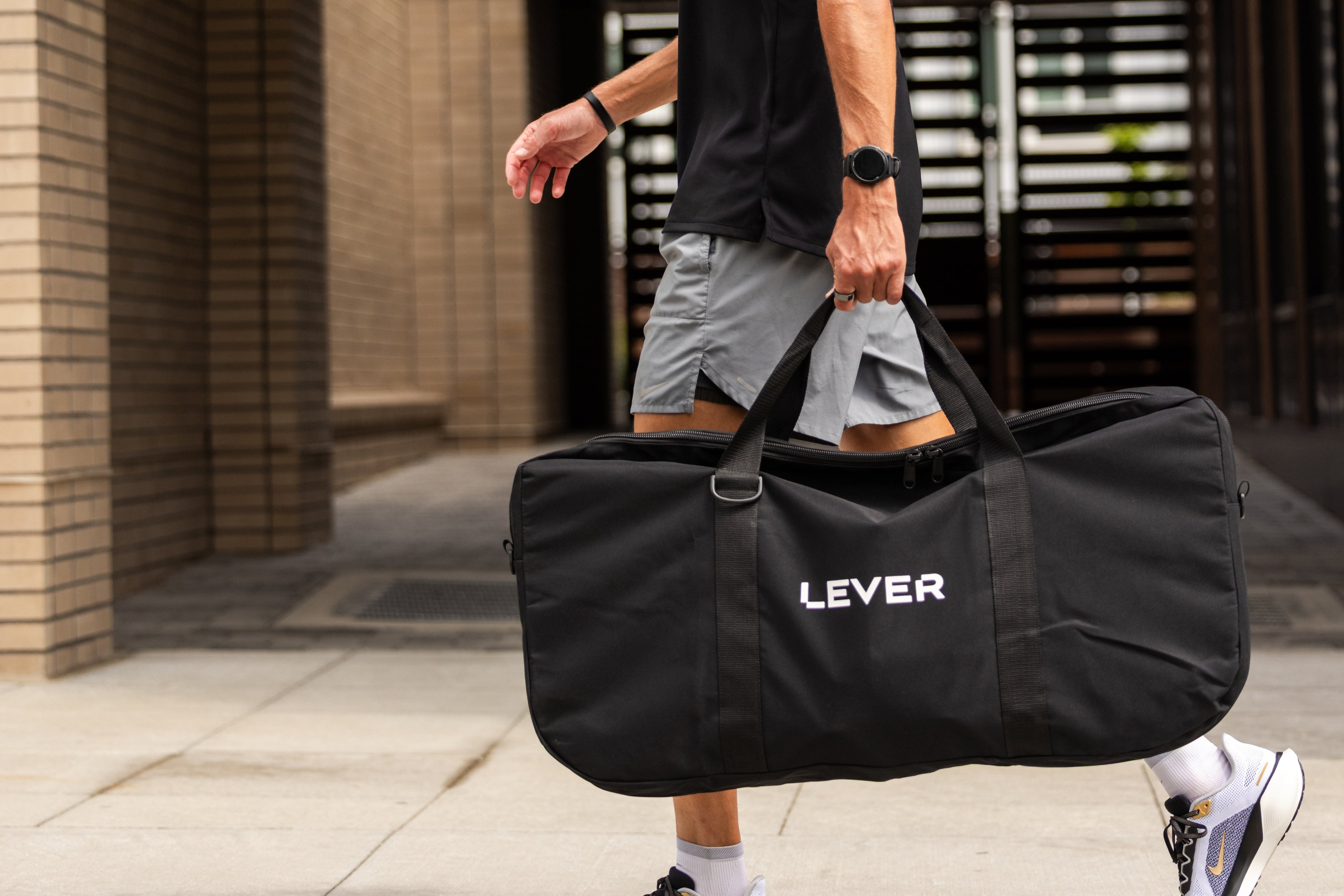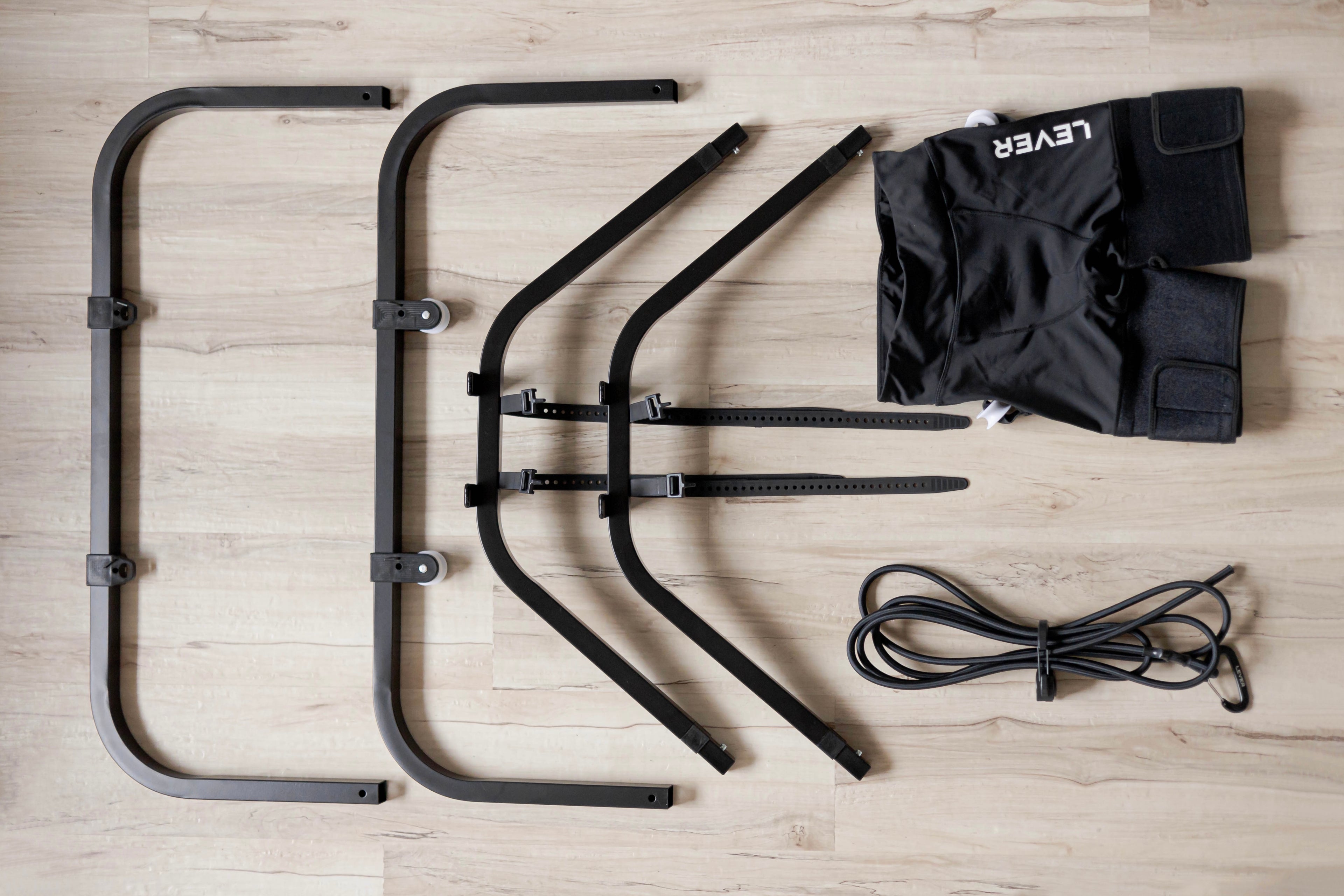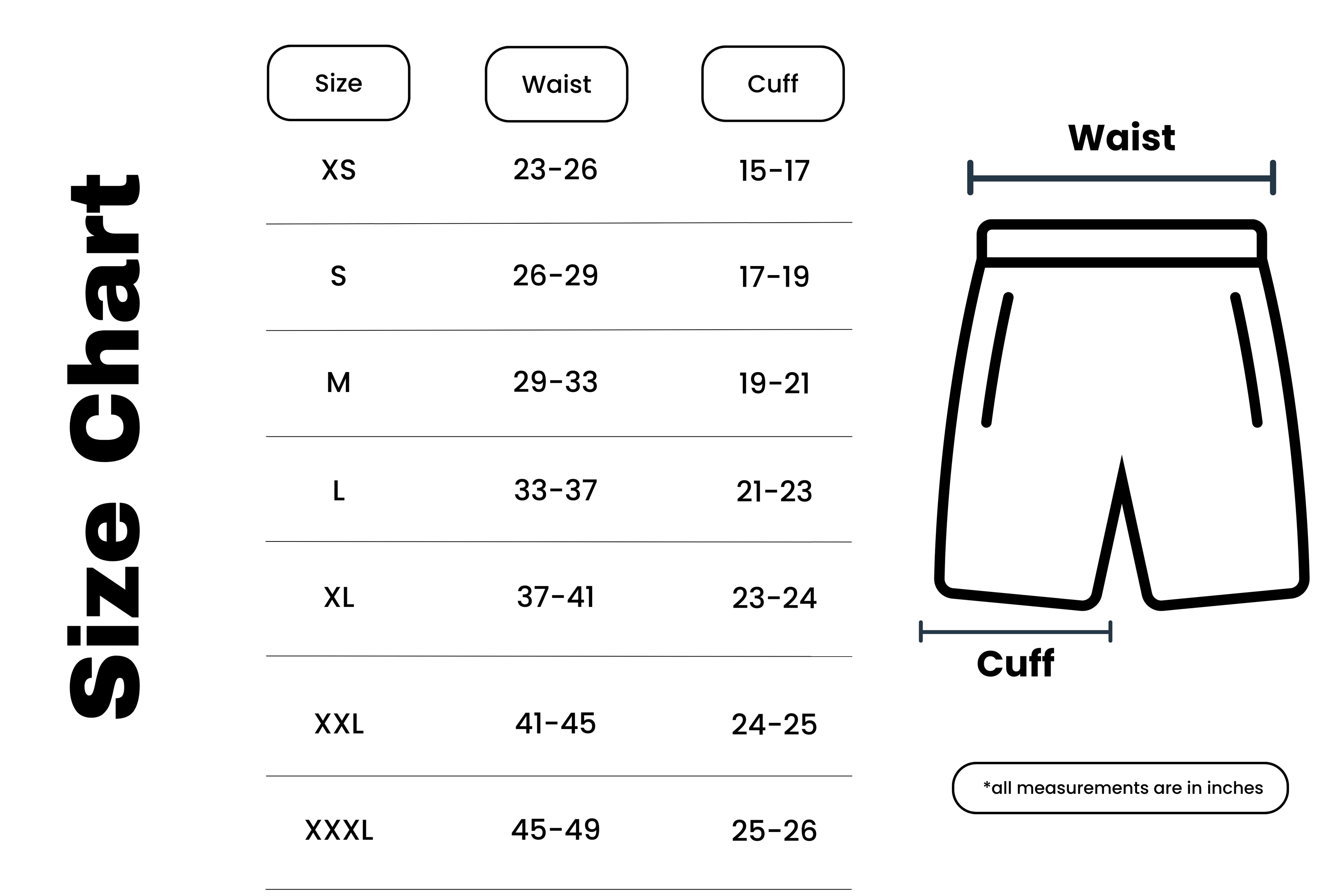Chances are you know the feeling...
You're deep into a training cycle. You wake up the day after a hard run and grimace as the first few steps out of bed in the morning send shooting pains through your foot. You might've been diagnosed with this ailment or had a friend go on and on about the agony of Plantar Fasciitis.
What is Plantar Fasciitis?
The plantar fascia is a band of thick connective tissue running from the bottom of your heel to your toes. It acts as a shock absorber for the supporting arch of the foot and the rest of the body. To further understand this, we will compare your foot to an archery bow. The arch of your foot is the arc (wooden piece) of the bow, and your plantar fascia is the string. If the arc of your bow gets overworked and starts to flatten out, it stretches out the string, and...ow! This is plantar fasciitis.
What does Plantar Fasciitis feel like?
The three most common descriptions of plantar fasciitis are
- A stabbing sensation at the heel
- Pain with the first morning steps
- Pain during push-off when running
Often, plantar fasciitis afflicts just one foot, its onset can seem quite sudden, and the pain can last for months if you don’t stop running immediately and seek professional help.
How does Plantar Fasciitis occur?
The plantar fascia can become inflamed when the tissue is stressed from poor footwear, a sudden increase in mileage, and or by the biomechanical error such as over-pronation.
Traditionally, the foot rolls inward slightly upon impact, but if this action becomes exaggerated, this is the hallmark of over-pronation. If you’re a runner with a low arch (“flat feet”) you are predisposed to over-pronate while running.
Plantar fasciitis occurs because the tissues in your feet enforcing the arch of your foot (the arc of your bow) are too weak to handle the repetitive force of running, so excessive stress and tension on your plantar fascia (the bow’s string) is causing small tears in the tissue at its weakest point near the heel. If left unattended to an angry plantar fascia can even rupture!
What does Plantar Fasciitis recovery look like?
Step one: Rest, is to deal with the pain and inflammation, as well as loosen the muscles all around the plantar fascia. It may seem irrelevant, but you’ll want to use a foam roller or roller ball on your calves and hamstrings: In the case of a torn plantar fascia and subsequent surgery, this rest period lasts around 5 weeks.
What follows is the hard part: Rehabilitation. Working with a trainer or physical therapist, this process includes gait evaluation, neuromuscular re-education, strengthening of muscles within the foot, balance, and a gradual pain-free increase in load bearing and volume of activity. Not to mention upkeep of all that hard-earned fitness!
How can BWS and LEVER help my Plantar Fascia?
Keeping up with training is important for stimulating blood flow to the plantar fascia, which gets pretty poor blood flow due to its location on the body. Typical plantar fasciitis protocols allow for the re-introduction of running in the form of very slow jogging, so injured runners are relegated to the bike or pool to maintain their fitness. We have found it very hard to improve as a runner by running only a few minutes a day at a very slow pace (although, it’s a start!).
How to Use LEVER To Come Back From Plantar Fasciitis
Once you have received clearance to walk or run by a medical professional you can follow these steps:
- Use your body weight support device to progressively load and unload the tendon
- Find your pain-free weight to exercise at. We typically recommend 75% body weight as a good starting point.
- Exercise for 30 minutes (or the doctor recommended time frame) at the pain-free weight, ie. 75%.
- Until you are able to run at 100% body weight pain free, incrementally increase body weight by 5% (ie. 80%, 85%, 90%, 95%, and then 100%). Make sure each unweighted run continues pain free.
- Once you are comfortably at a 100% fully loaded run, move every third day outside.
- If every third day outside is pain free, move to every other day.











